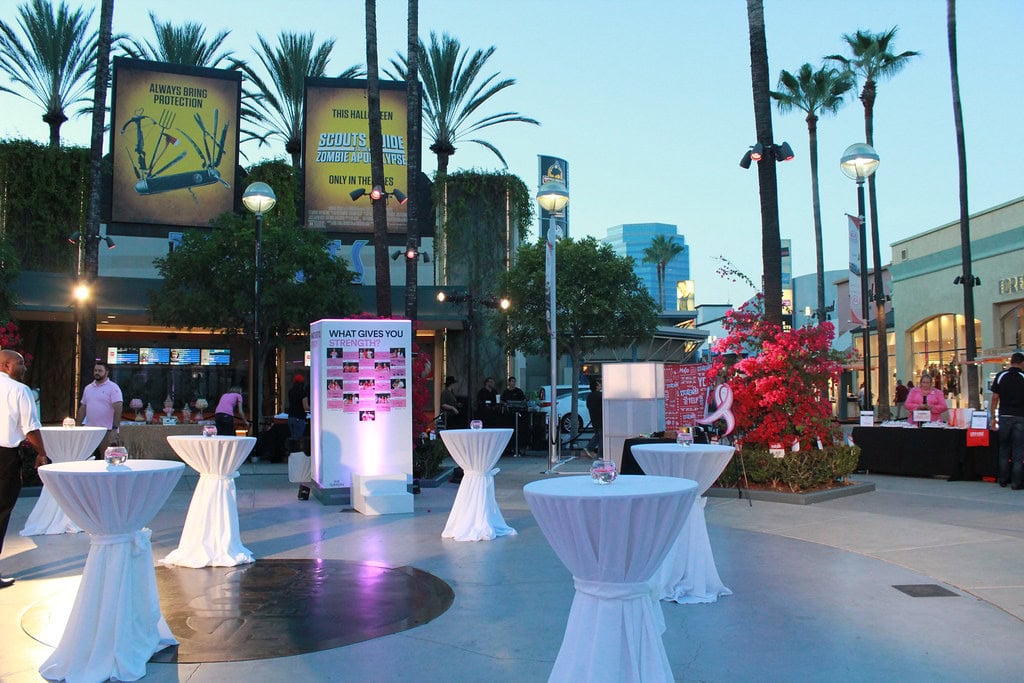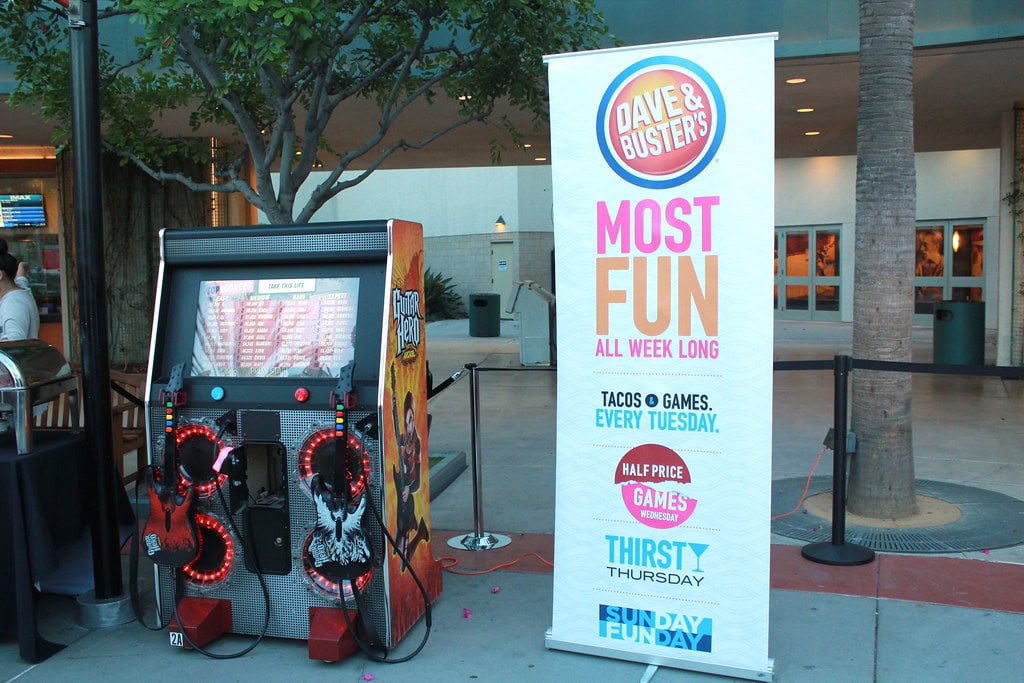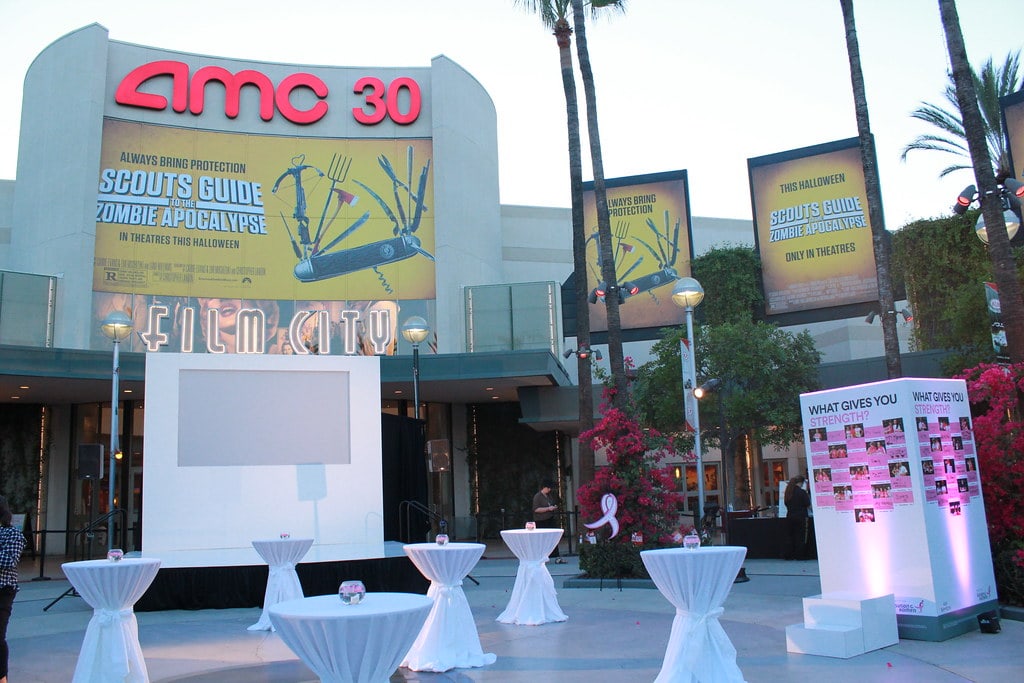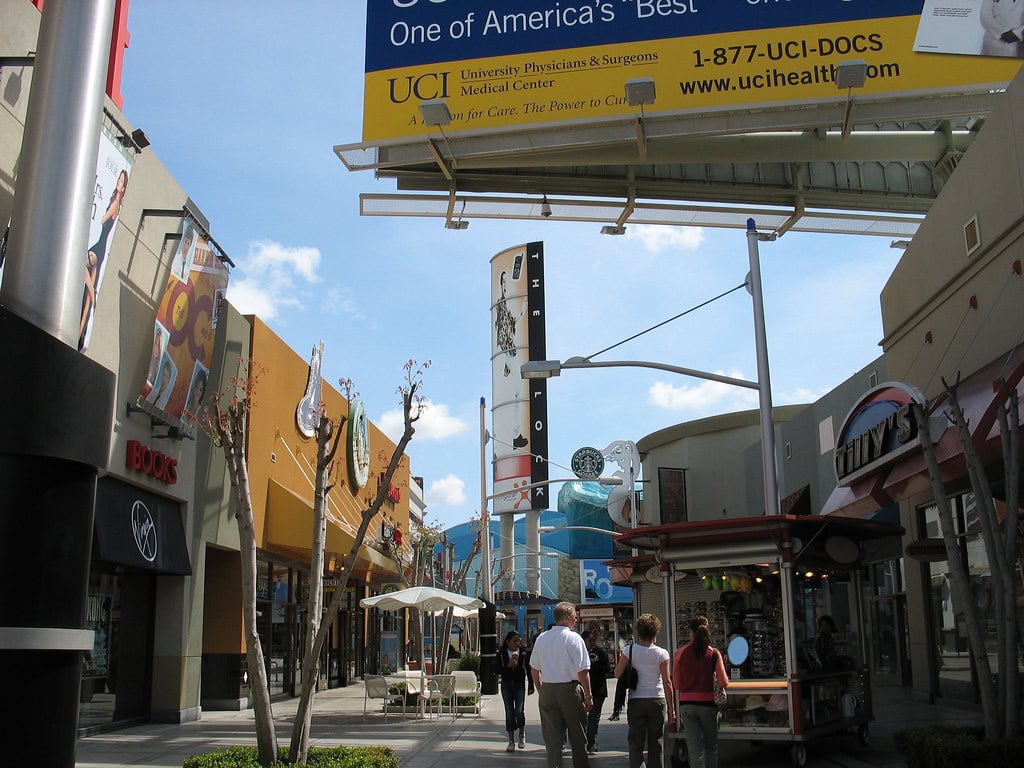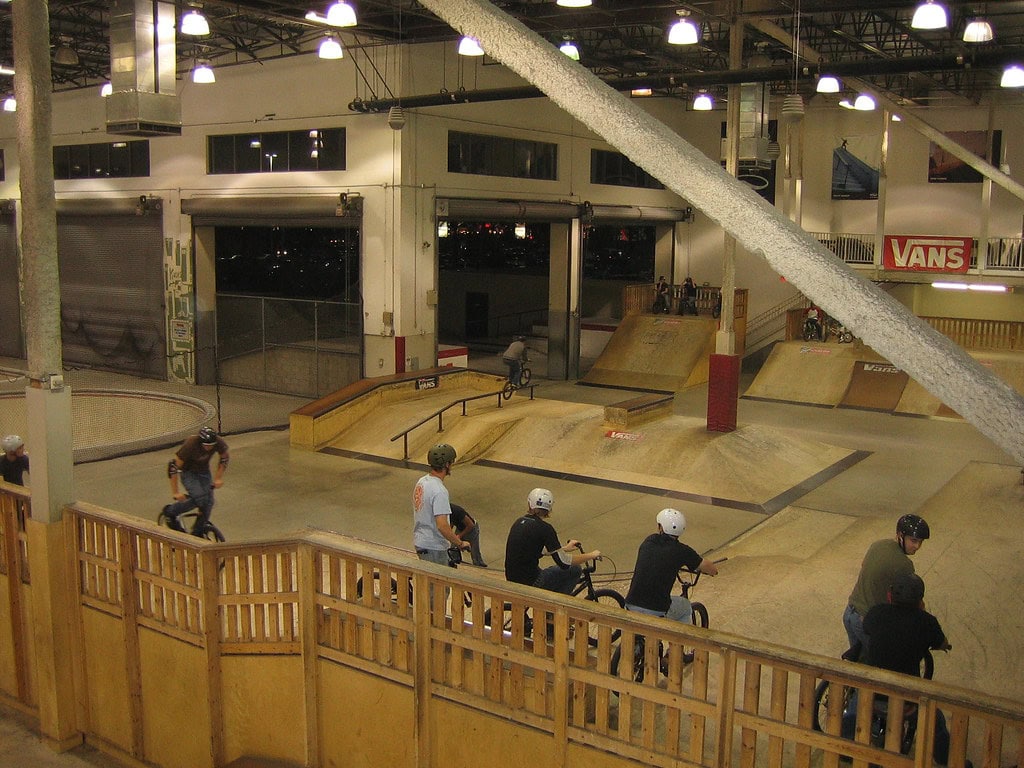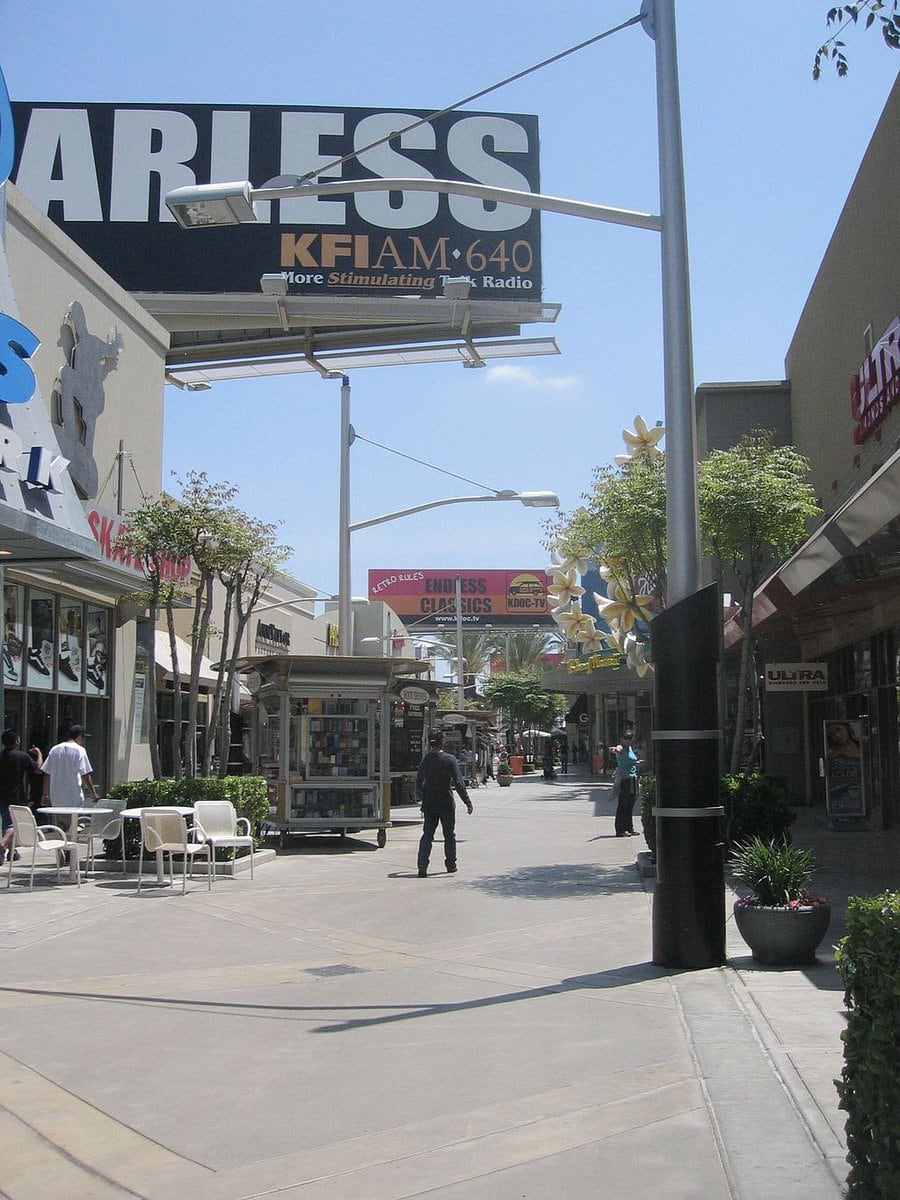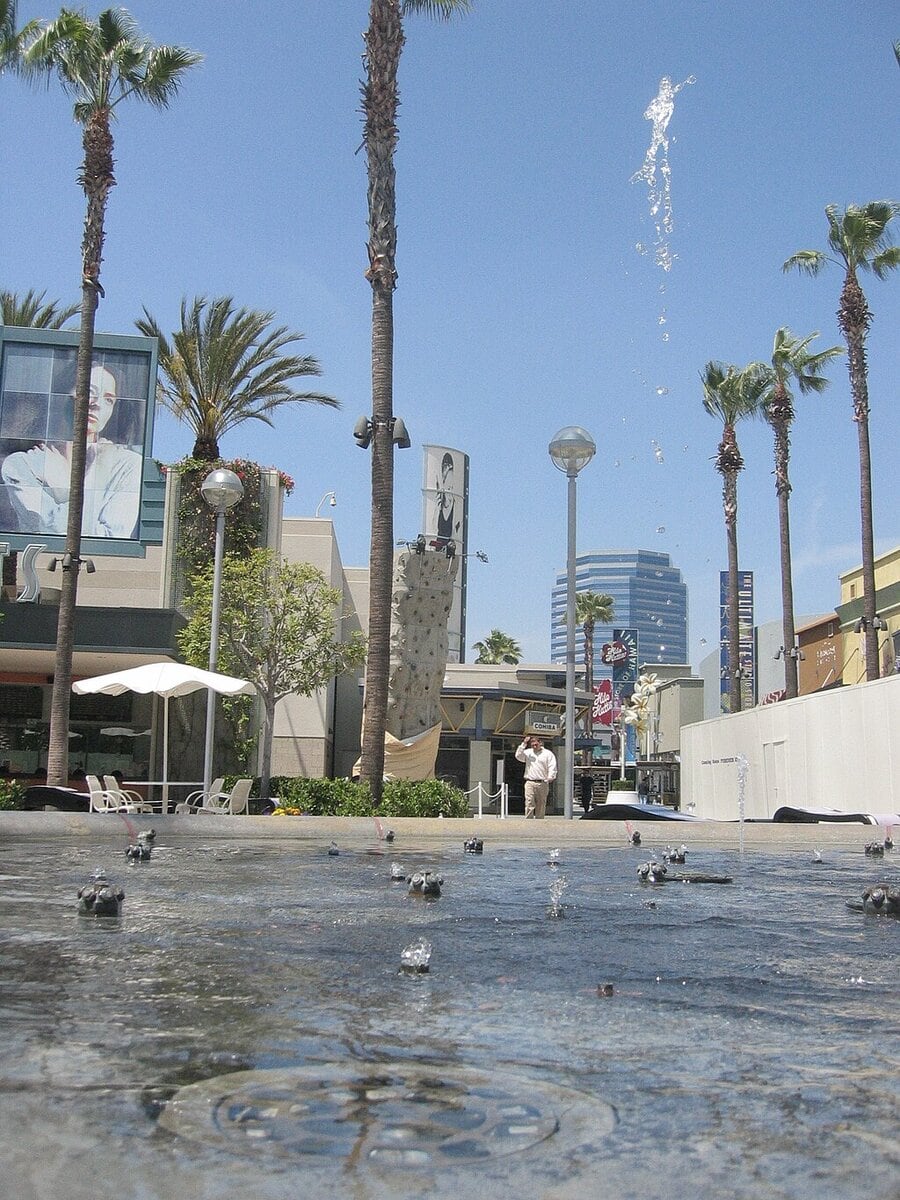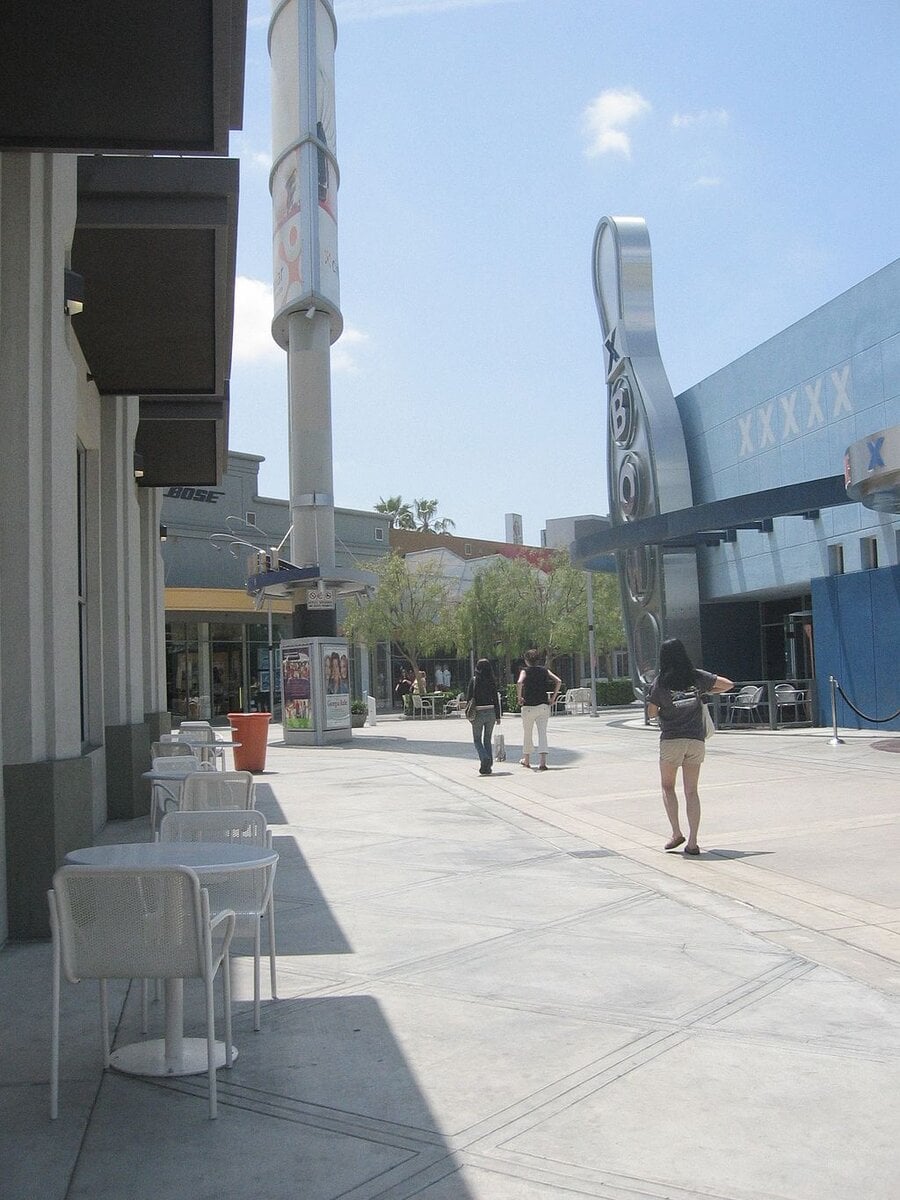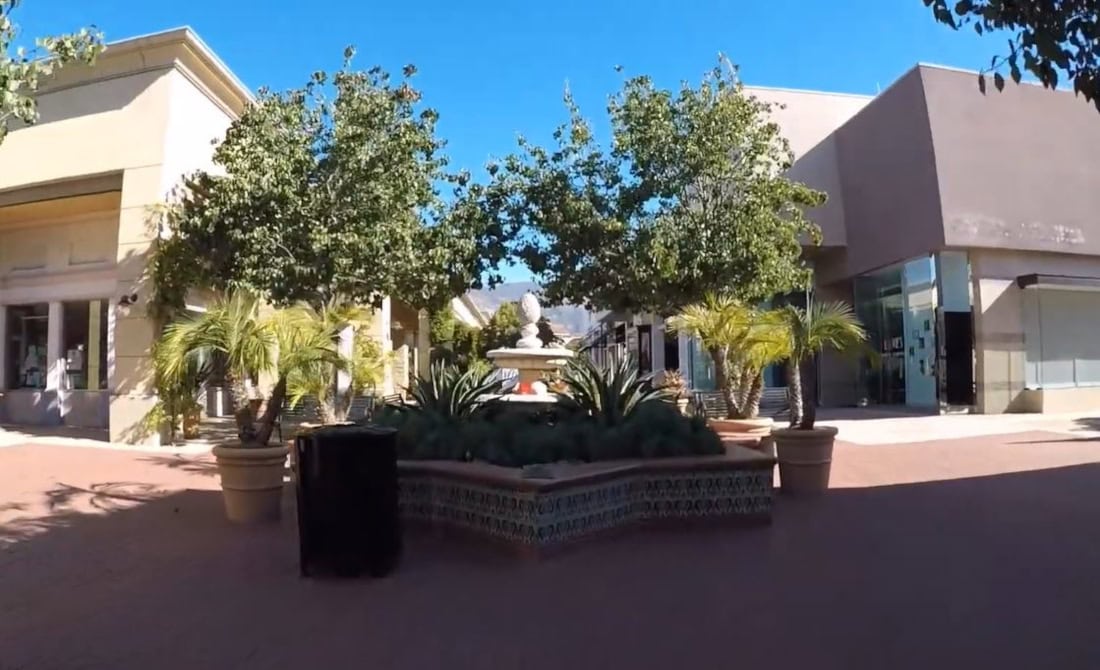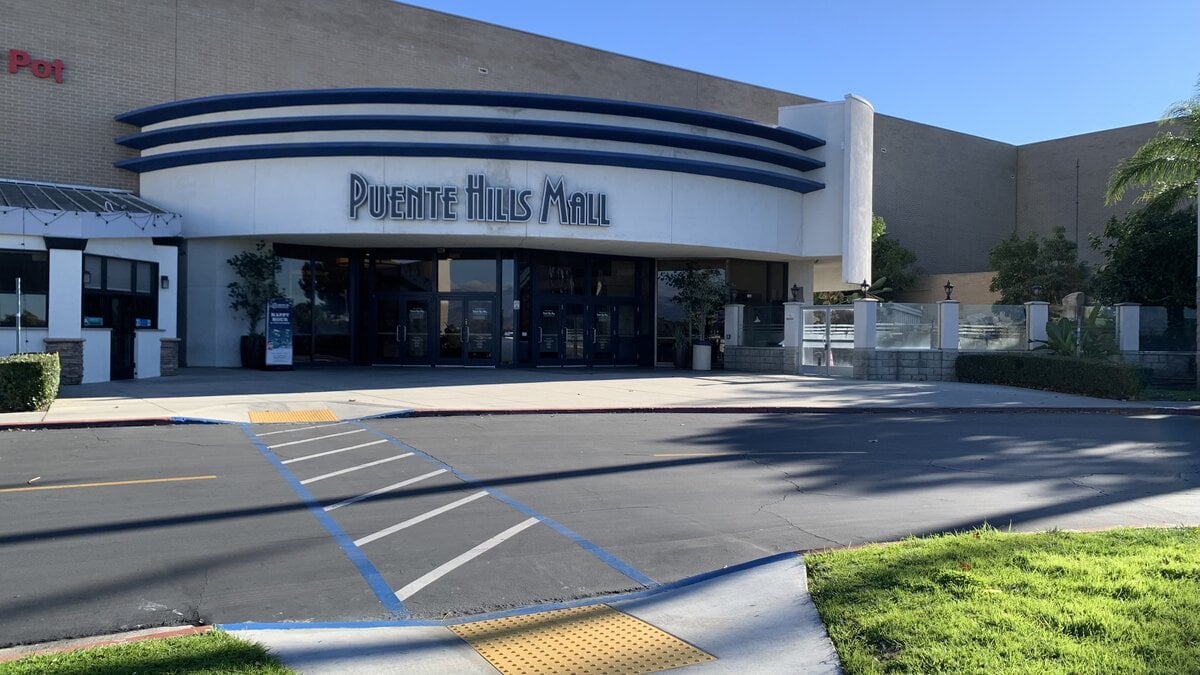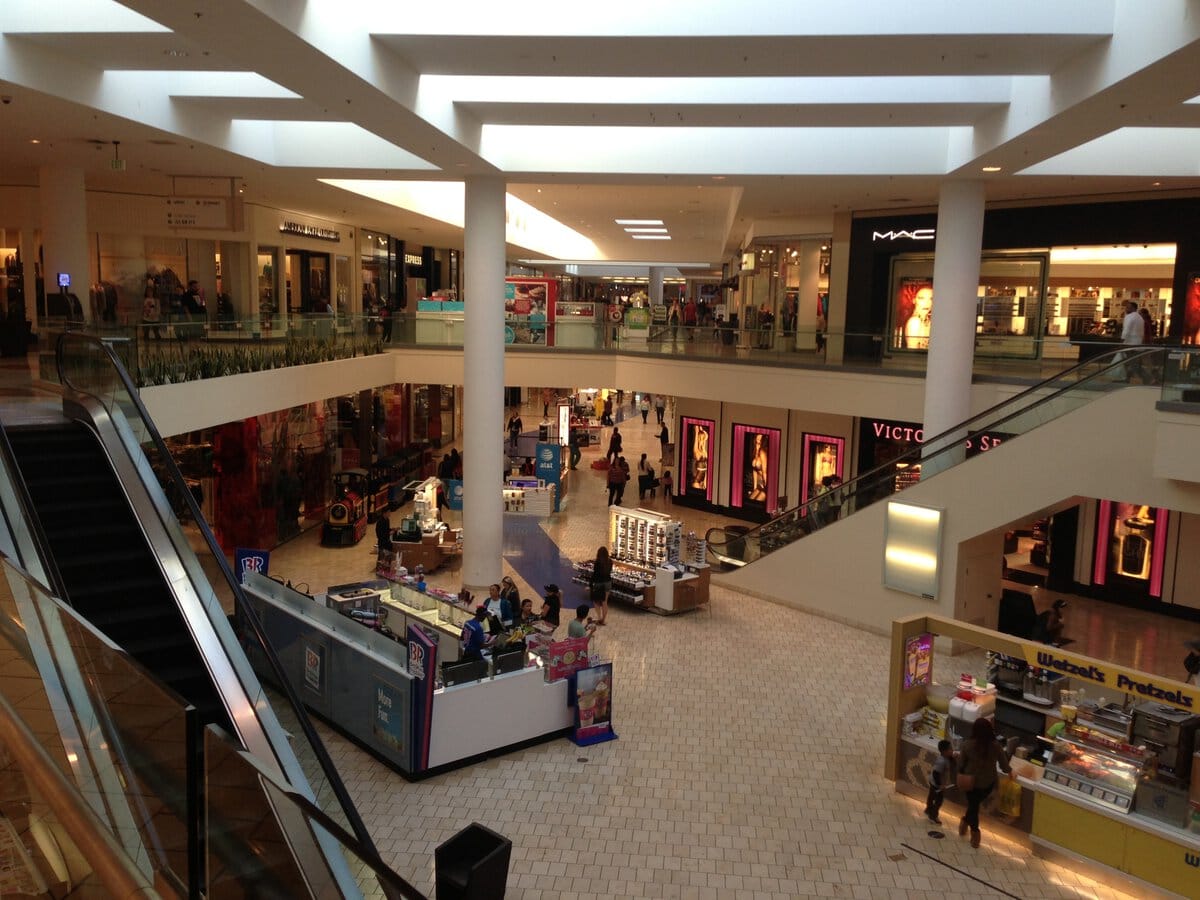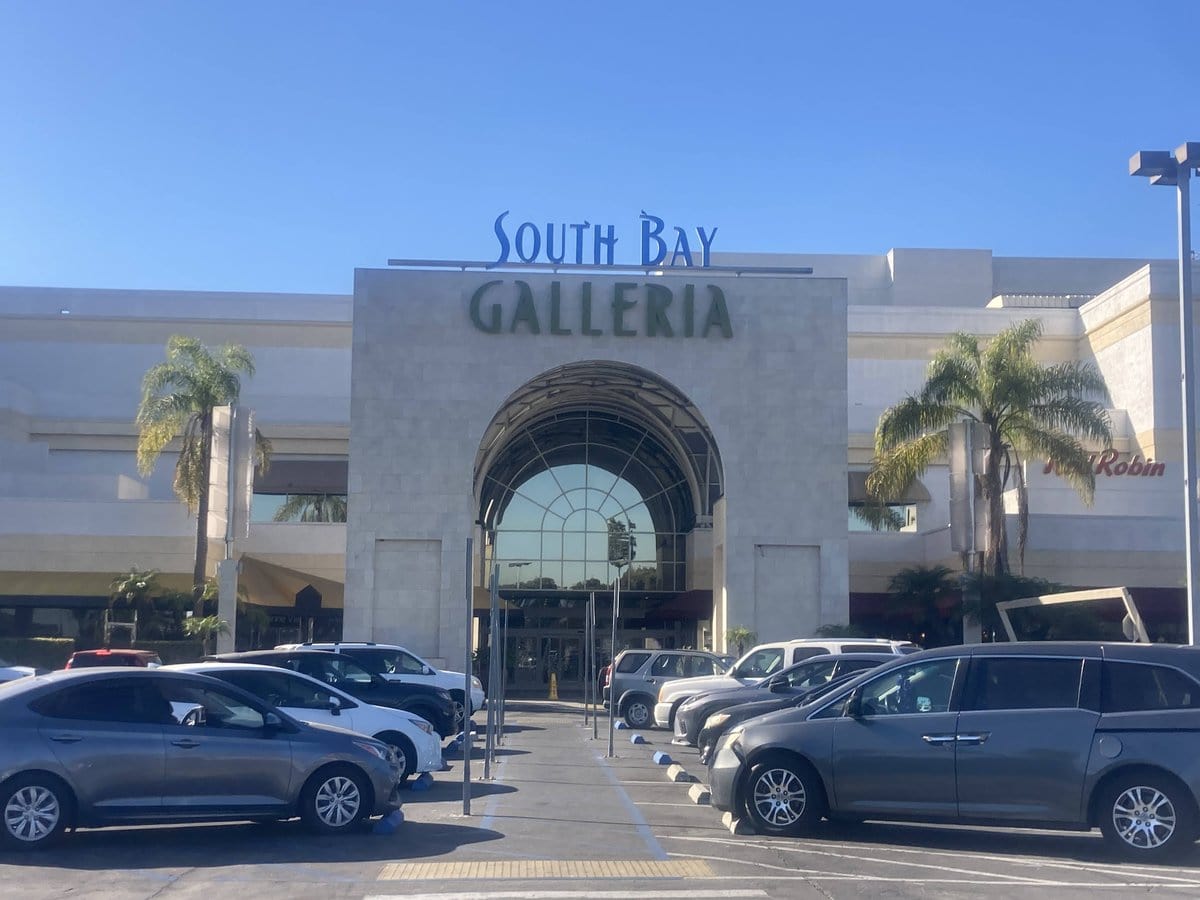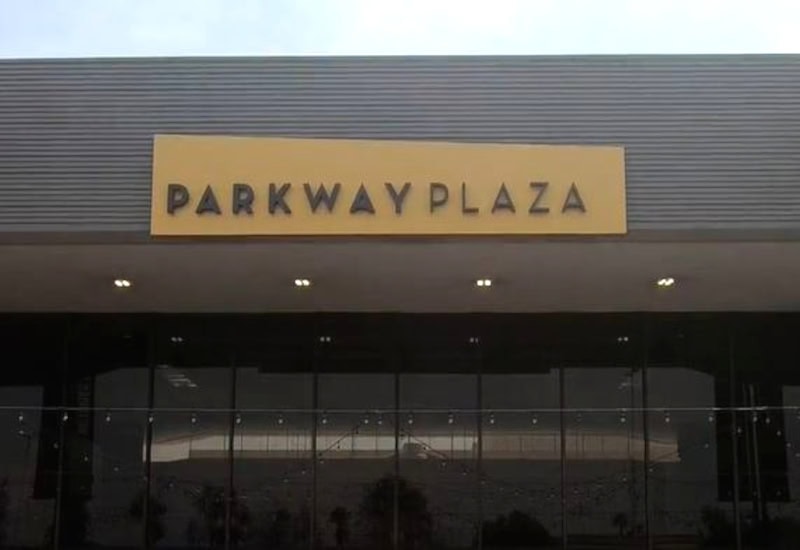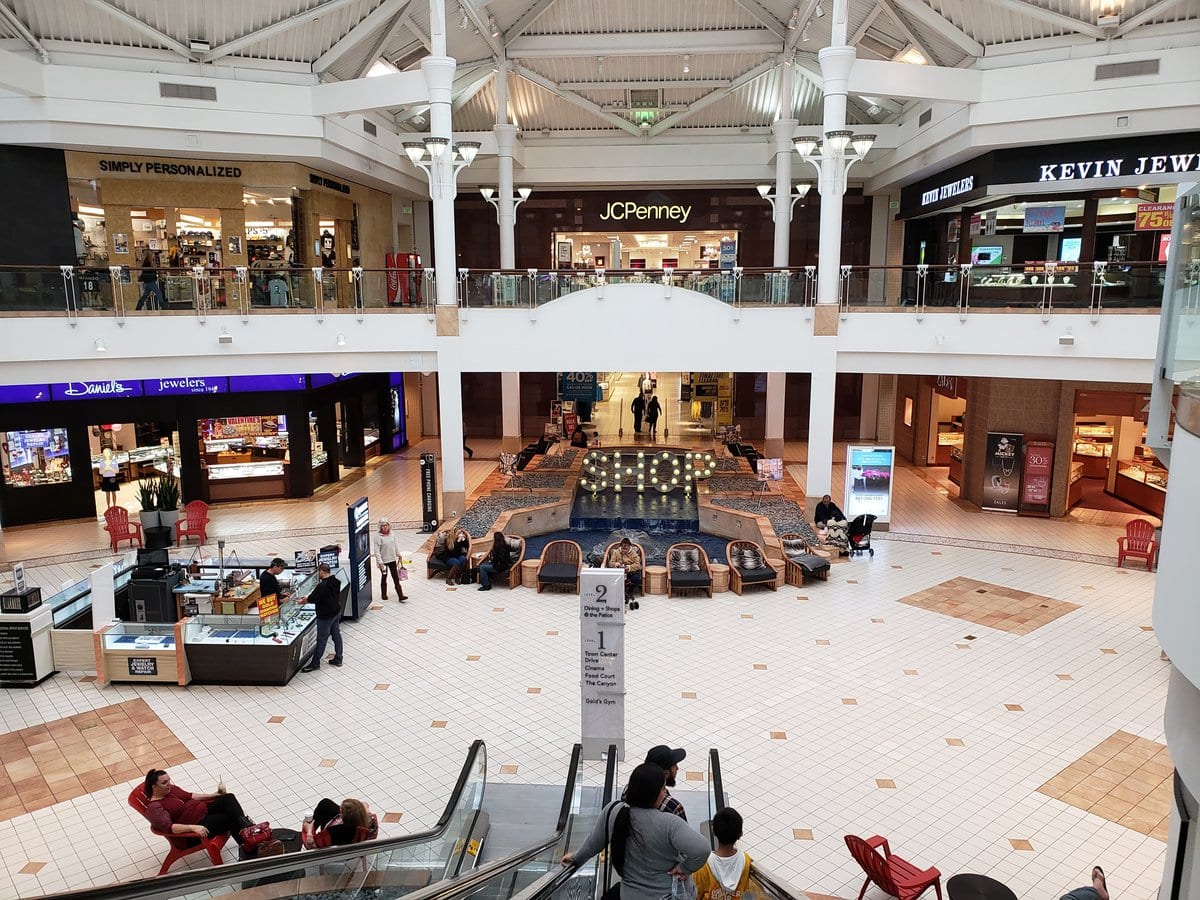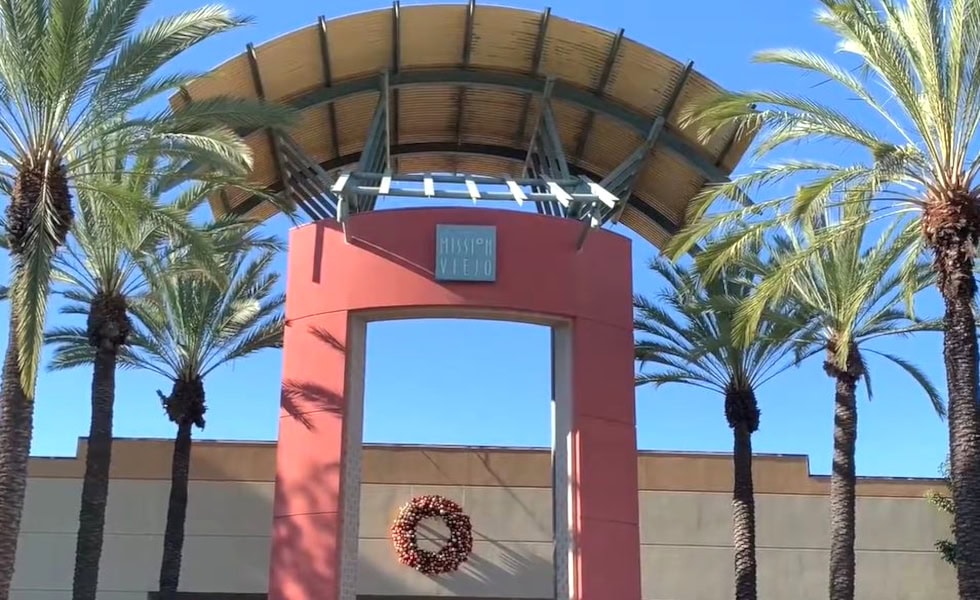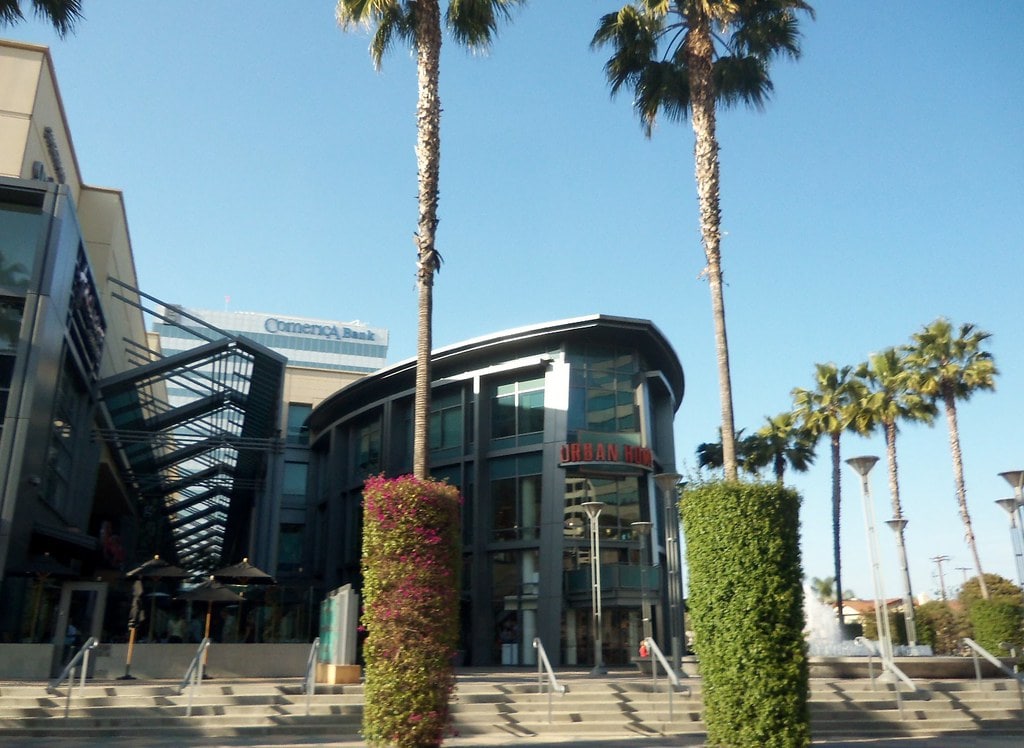The Outlets at Orange is an open-air outlet mall in the city of Orange, California, at 20 City Boulevard West.
The site opened in 1970 as The City Shopping Center, an enclosed mall anchored by JCPenney and Walker Scott, later May Co. It was part of a larger complex with hotels, offices, theaters, restaurants, and other services.
Declining sales in the early 1990s led to anchor closures and the mall's demolition in 1996. The Mills Corporation redeveloped the property as The Block at Orange, opening in November 1998 with outlet stores, dining, and entertainment.
Simon Property Group acquired it in 2007 and rebranded it in 2011 as The Outlets at Orange.
The center now has over one hundred stores and a mix of retail, dining, and leisure tenants, operating as one of Orange County's major outlet destinations.
1970-1996 - The City Shopping Center Era
The City Shopping Center opened in 1970 with JCPenney and Walker Scott as its main department stores.
In 1974, Walker Scott's location was converted into a May Co. branch.
The mall was the focal point of a larger mixed-use project known as The City, which also contained two hotels, multiple office buildings, two indoor movie theaters, a gym, full-service restaurants, a pizzeria, a currency exchange, and a post office.
Streets around the property carried "City" in their names, tying the area together as a single planned complex.
In 1987, the smaller Santa Ana Fashion Square was redeveloped as MainPlace/Santa Ana, expanding from one to three anchors.
That change affected The City's traffic because it was just two miles away.
In May 1991, May Co. opened at MainPlace and shut down its City Shopping Center location in July.
JCPenney remained for a few more years, closing in February 1995.
With both anchors gone, the enclosed mall structure had little activity left. The building was closed and demolished in late 1996.
Only the surrounding hotel and office components of The City remained in operation, while the cleared site awaited redevelopment.
1997-1998 - Transition and New Vision
The Mills Corporation acquired the property after demolition and evaluated plans to create a "City Mills" shopping complex.
That name was dropped in favor of a new concept to avoid confusion with the Ontario Mills property already in development.
The new plan called for an outdoor layout with outlet retailers, dining, and entertainment rather than a traditional enclosed design.
The project's early marketing used the line "The Block at Orange... It Ain't Square," leaning on the idea of a lifestyle destination rather than a single-purpose shopping site.
The Block at Orange officially opened in November 1998. Initial tenants included fashion outlets, restaurants, and entertainment venues.
The layout was built around open-air walkways, with wide corridors and plazas meant for both foot traffic and sitting around.
From the outset, the developers pitched it as a cross between an outlet mall and an entertainment hub.
This setup left room for the mix to shift over time.
1999-2007 - Growing Attractions and Ownership Shift
Following its 1998 debut, The Block at Orange added tenants that broadened its mix beyond factory outlets.
Entertainment options sat alongside national apparel chains, and dining choices were positioned to keep shoppers on site for longer visits.
Over time, the property saw some early anchors leave.
Ron Jon Surf Shop shut down in 2008, but plans for its replacement were in place before that year began.
Neiman Marcus Last Call took over the Ron Jon space, introducing a designer discount format to the lineup.
Virgin Megastore, Hilo Hattie, and Steve & Barry's each closed in 2009.
Those locations were filled by Off Broadway Shoes, H&M, Thrill It Fun Center, and Guitar Center, shifting the balance toward footwear, fast-fashion, and family recreation.
The center's operational model allowed large vacancies to be reconfigured for new tenants without major structural change.
Simon Property Group acquired The Block at Orange in 2007 as part of a portfolio deal with The Mills Corporation. KanAm retained an ownership share.
The acquisition placed the property within one of the largest retail management networks in the country, which handled leasing, marketing, and long-term planning.
These years set the stage for physical rebranding and expansion that would follow.
2008-2011 - Restructuring and Rebranding
In 2011, Borders closed its store at The Block at Orange as part of the chain's nationwide liquidation.
The large-format bookstore space was converted for Sports Authority, which opened later that year.
Sports Authority remained in place until the company filed for Chapter 11 in 2016, triggering the closure of all its stores.
Furniture & Beyond briefly operated in the former Sports Authority location, but its run lasted less than a year.
During this time, other vacancies were filled with a mix of outlet apparel, footwear, and specialty retailers, keeping the property's overall tenant count stable.
Also in 2011, the center was rebranded from The Block at Orange to The Outlets at Orange.
The new name aligned with the outlet's positioning that had become central to its marketing.
The shift included updated signage, refreshed directories, and a leasing strategy focused on factory and clearance formats from national brands.
However, entertainment and dining tenants still remained part of the mix, with Dave & Buster's, AMC Theatres, and the Vans Skate Park continuing as anchors.
This rebranding marked the formal transition from a hybrid lifestyle center to a defined outlet shopping destination.
2013-2016 - Expansions and New Anchors
The Outlets at Orange started its first major expansion in 2013, adding a Nordstrom Rack in newly built space along the east side.
The project pushed the retail boundary outward without displacing any anchors, keeping long-time tenants while bringing in a new pull for shoppers.
The open-air layout stayed intact, with the addition tied directly into the main pedestrian paths.
A second expansion followed in 2016. Plans called for 12 additional stores, but only five were delivered.
Gap Factory Store and Polo Ralph Lauren Factory Store opened alongside Orange County's first Bloomingdale's Outlet.
Bloomingdale's took a larger space than originally anticipated, reducing the number of openings.
The added stores reinforced the outlet model, pulling in national brands with clearance and factory lines.
During this period, some legacy entertainment and recreation spaces continued to operate, most notably the Vans Skate Park.
By the mid-2010s, it was one of the few remaining Vans parks in the country, as most others had closed or been rebranded in the early 2000s.
2015-2025 - Regional Context and Recent Activity
Until late 2015, The Outlets at Orange was the only outlet center in Orange County.
That status shifted with the opening of the Outlets at San Clemente, located further from central Los Angeles but close enough to compete for the same customer base.
The newer center added pressure in a market that also included Citadel Outlets in Commerce.
The Outlets at Orange continued operating with more than 110 stores.
Anchors during this span included Neiman Marcus Last Call, Saks Fifth Avenue Off 5th, Nordstrom Rack, Bloomingdale's Outlet, Off Broadway Shoes, Nike Factory Store, Dave & Buster's, Lucky Strike, Guitar Center, and AMC Theatres.
Smaller but still prominent tenants such as H&M and Columbia Factory Store functioned as junior anchors.
On January 18, 2025, the Vans Skate Park closed permanently, concluding its long tenure at the property.
It had not operated since February 2020 following a fatal accident. The site is now planned for redevelopment into a Barnes & Noble store.
Later this year, the center announced a new flagship Chocolate Bash, slated to open in early September 2025.
It also continued to host recurring events like National Outlet Shopping Day; in June 2024, more than 60 stores took part, offering giveaways and on-site activities.
These promotions kept the property in circulation with shoppers and helped it hold ground in a crowded retail market.

